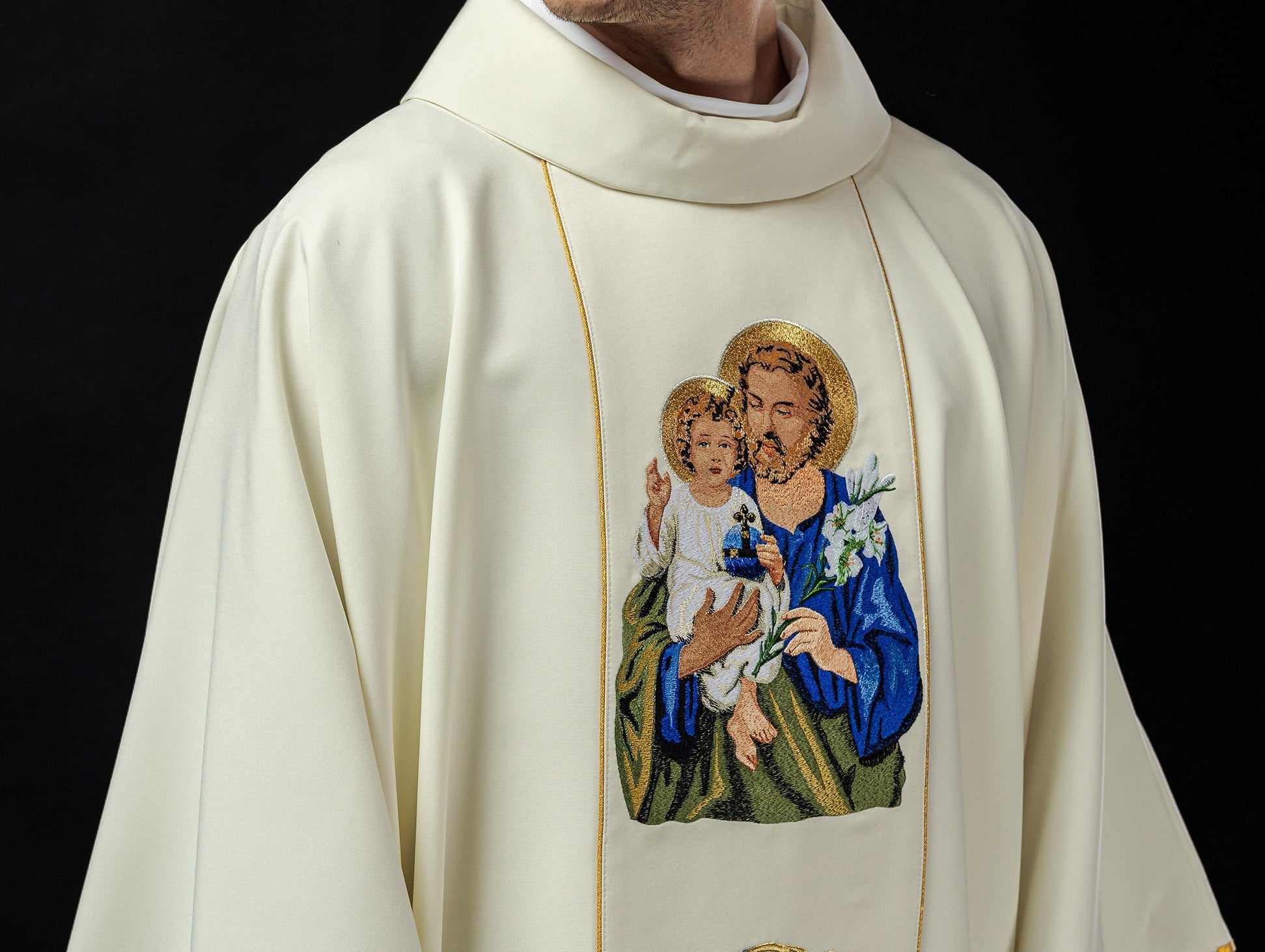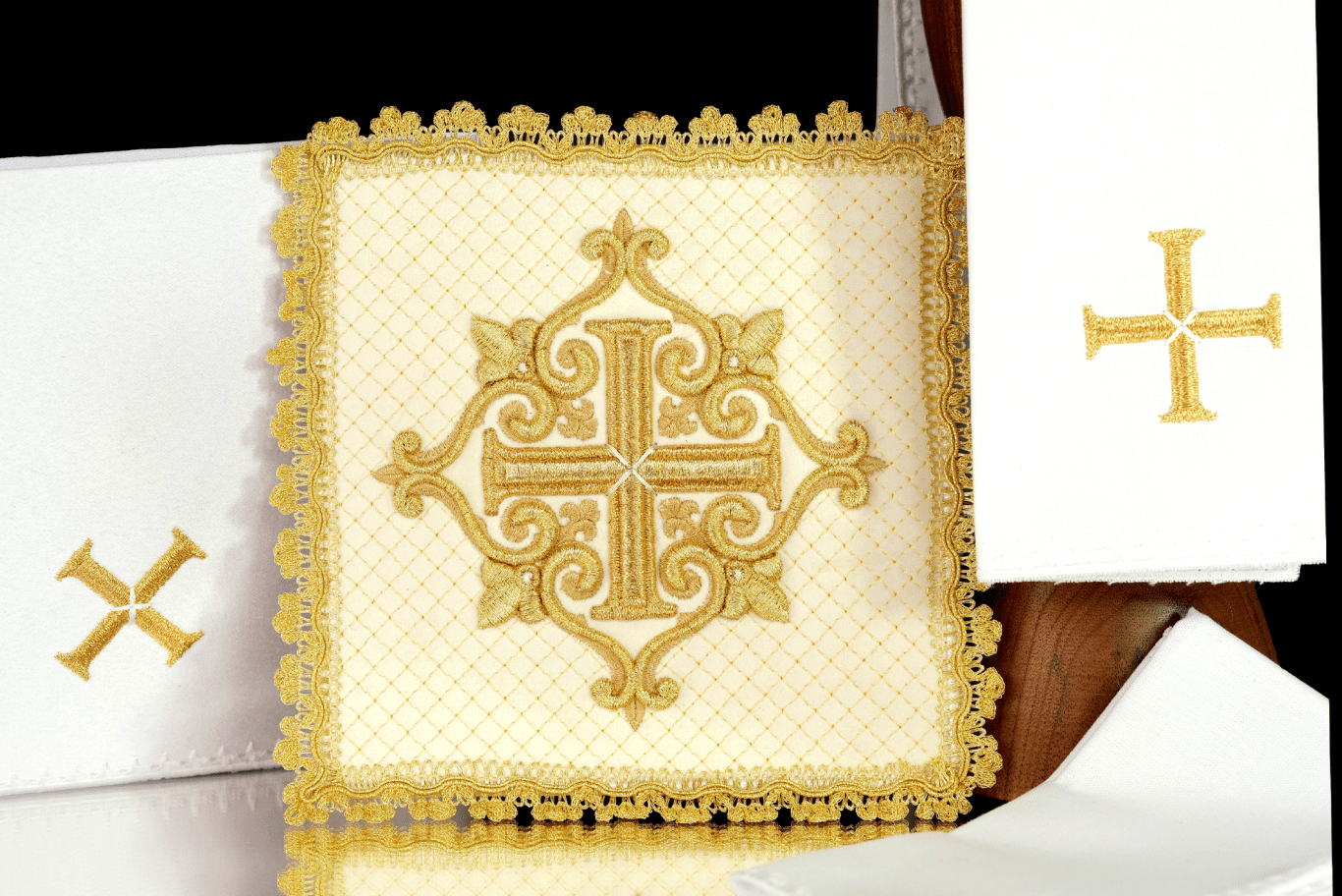
Sermons for the Patron Saint Feast Days of the Parish
Sermons for Parish Patron Saint Feast Days: Creating Inspiring Homilies
The feast day of a parish patron saint is a special moment in the life of every church community. It is a time for deeper reflection on the spirituality, tradition, and identity of the community, whose patron blesses and guides it. A key role in experiencing this day is played by the homily delivered by the pastor. A good sermon not only informs but, above all, inspires, builds unity, and strengthens the faith of the faithful. How, then, to create a sermon that will remain in memory for a long time and bring fruit in the spiritual life of parishioners?
What makes a patron saint sermon special?
A sermon for the feast day of a parish patron saint should stand out from everyday homilies. Its uniqueness stems from several key aspects:
1. The Personal Dimension of the Patron Saint
Each parish patron saint is a specific historical or biblical figure who lived in a specific context and left a lasting mark. The sermon should bring the patron saint closer, highlighting their most important characteristics, miracles, or teachings that are particularly relevant to the modern community. It is worth focusing on those aspects of the saint's life that can become an inspiration for the faithful in their daily lives.
2. History and Tradition of the Parish
The parish, as a community living through the years, has its own history, traditions, and challenges. The patron saint sermon is an excellent opportunity to refer to these elements. The pastor can mention the founders of the parish, important events that took place in its history, as well as the generations of faithful who built and shaped the community. This builds a sense of continuity and belonging.
3. Relevance of the Message
Even the most beautiful sermon about the life of a saint will not be effective if it does not relate to the reality in which the faithful live. The pastor should connect the life and teachings of the patron saint with current social, moral, or spiritual problems that the parish faces. How can the teachings of the patron saint help us solve these problems? What values are particularly needed today?
4. Community Involvement
A good sermon is not just a priest's monologue but an invitation to active participation of the entire community. The pastor can encourage the faithful to follow the example of the patron saint, to pray in their intention, as well as to take specific actions for the benefit of the parish and neighbors. Celebrating the patron saint together should be an opportunity to strengthen interpersonal bonds and spiritual integration.
How to prepare a patron saint sermon step by step?
The process of creating a valuable patron saint sermon requires time and commitment. Here are some practical steps that can help:
1. Deep Knowledge of the Patron Saint
The first and most important step is to thoroughly know the figure of the parish patron saint. You should familiarize yourself with their biography, writings (if available), as well as their spirituality and message. It is worth seeking inspiration in the lives of saints, homilies of outstanding preachers dedicated to the given patron saint, as well as in official Church documents.
2. Analysis of the Parish Context
Before we start writing, it is worth considering who our parishioners are. What is their age, profession, problems, hopes? What is important to them? What are their spiritual needs? The better we understand the parish context, the more accurate and personal our message will be.
3. Selection of a Key Message
Let's not try to include everything in one sermon. It is best to choose one or two key messages that we want to convey. These may be the characteristics of the patron saint, their main teachings, a call to specific action, or reflection on a current problem through the prism of the saint's life.
4. Creating a Homily Outline
After collecting materials and determining the main message, it is worth creating a sermon outline. A typical homily structure includes:
a. Introduction: Introduction to the Topic
It is worth starting by referring to the patron saint feast day and its significance for the parish. You can start with an interesting fact about the patron saint, a quote, or a question prompting reflection.
b. Development: Discussion of the Life and Teachings of the Patron Saint
This is the main part of the sermon, in which we present the figure of the patron saint, their most important characteristics, examples from life, as well as their teachings. Remember to connect these elements with the current situation of the faithful.
c. Application: Translating the Message into the Lives of the Faithful
Here the pastor should encourage the faithful to take specific actions. How can they imitate the patron saint in their daily lives? What values are currently most important to them?
d. Conclusion: Summary and Call to Prayer
At the end, it is worth summarizing the key message, reinforcing it with prayer or a call to greater faith and love.
5. Working on Language and Style
The language of the sermon should be understandable, simple, but at the same time inspiring and rich. Let's avoid excessive use of theological jargon. It is worth using analogies, examples from life, and also – in the right place – humorous elements that can defuse the atmosphere and facilitate the reception of the message.
6. Visual Preparation (Subtle Support)
Although the content is the most important, it is worth remembering the elements that can strengthen the message. In the case of Haftina, you can subtly refer to the beauty of liturgical vestments that adorn the altar and the pastor during such important celebrations. A beautiful chasuble, stole, or cope can be a visual emphasis on the solemnity of the moment and respect for the holy patron saint. Articles made of high-quality materials, with intricate embroidery, in themselves carry a message about the value of what is sacred.
Common Mistakes in Creating Patron Saint Sermons
To make our sermon the best it can be, it is worth knowing what to avoid:
1. Too General a Message
Focusing on universal truths of faith, without reference to the specific patron saint and their heritage, makes the sermon bland.
2. Too Long a Sermon
The faithful can lose concentration if the sermon is too long. Quality is more important than quantity.
3. Lack of Connection with the Lives of the Faithful
If the sermon does not relate to the daily problems and experiences of the listeners, it is difficult to expect it to bring real fruit.
4. Excessive Focus on History, Without Reflection
Presenting facts from the life of the saint without their interpretation and translation into modern life makes the sermon only a history lesson.
5. Lack of Prayer and Spiritual Preparation
The sermon is the fruit of prayer. Without a personal relationship with God and openness to the Holy Spirit, it is difficult to deliver a moving and edifying sermon.
What Elements Can Enrich Our Sermon?
Here are some suggestions that can make the patron saint sermon even more valuable:
- Quotes: Use quotes from the Holy Scriptures, writings of saints, or Church documents that relate to the topic.
- Examples from Life: Illustrate your message with concrete examples from the life of the patron saint, but also from the lives of contemporary people who imitate the saint.
- Questions for Reflection: Ask questions that encourage the faithful to reflect on their own lives and faith.
- Reference to Symbols: If the patron saint is associated with specific symbols (e.g., the keys of St. Peter, the lily of St. Joseph, the dove of the Holy Spirit), it is worth using them in the sermon.
Summary
Preparing a sermon for the feast day of a parish patron saint is not only the duty of the pastor but also a great opportunity for the spiritual renewal of the community. Focusing on the figure of the patron saint, their history, message, and linking it all with the lives of the faithful will allow you to create a homily that will be not only instructive but, above all, inspiring and edifying. Let us remember that the beauty of the liturgical vestments that adorn the priest during these celebrations is a visual complement to the solemnity of the moment and an expression of our respect for what is sacred. If you are looking for unique liturgical vestments that will emphasize the solemnity of patronal celebrations, we invite you to familiarize yourself with the offer at haftinausa.com, where you will find a wide selection of chasubles, vestments, and sacred accessories, made of the highest quality materials and with attention to every detail.
```




